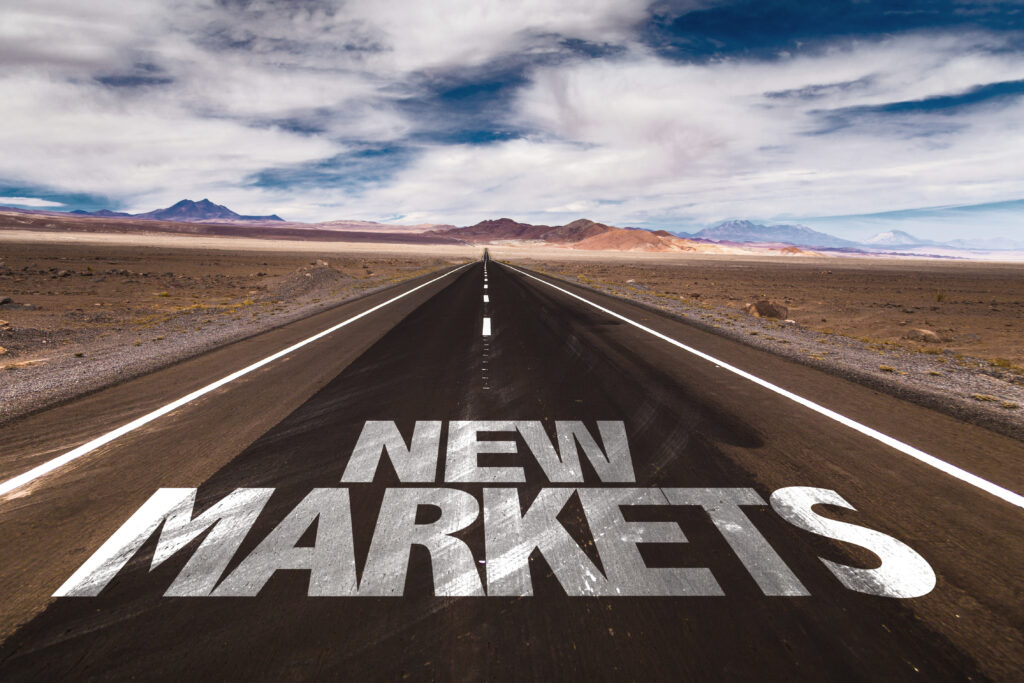BLOG
Finds and Interests

Image: Shutterstock
Lately, I’ve wondered about the evolution of collecting as a hobby. Traditionally, collecting has been either profit-driven or nostalgia-driven. It still is for most of us. We see an object we owned when we were young, and the item triggers emotionally charged memories. The emotions cause us to reach for our wallets and buy the item so that we may occasionally revisit the pleasant feelings.
Today, it seems Gen Z’s devotion to TikTok, Snapchat, and Instagram has them collecting whatever is trending on social media. I was intrigued by a recent thread posted to Reddit:
“I have a teenager at home who likes to collect random material goods—Aarons Putty, chapsticks, Japanese food packaging, body sprays, etc. My concern is this hyper-focus on collecting things based on social media trends. And it’s always about collecting consumer goods.”
Of course, new and used consumer goods drive the collectibles market. I’m curious: will collecting based on social media trends become a prominent market force? Or is it a temporary teenage compulsion? Will today’s teens become nostalgic for—referencing the quote above—Japanese food packaging and chapsticks?
Nostalgia or Compulsion?
We were all teens once. I remember the compulsion to fit in with my peers. We would dress alike, have similar haircuts, and listen to the same music. As we aged, we developed a sense of nostalgia for our youth. The games we played, the food we ate, and the music we listened to all made us feel something. In the future, will the objects acquired while collecting social media trends have a nostalgic attraction? Time will tell.
In his 2017 book, Consumed Nostalgia: Memory in the Age of Fast Capitalism, Gary Cross observes that consumer items have surpassed antiques and family heirlooms as our most prized possessions. Rather than being passed down through generations, modern keepsakes are purchased. Perhaps purchases driven by today’s social media trends will acquire the same emotional pull as the items we boomers and Gen X remember so fondly (and buy often).
As our industry unfolds, new products and markets will emerge. This shift toward trend-driven collecting has implications. Those involved with this type of collecting may not experience the same level of sentimental attachment to their collections as those with nostalgia-based collecting habits. This difference could lead to a diluted sense of attachment to possessions, which could seriously affect our relationship with material goods in years to come.

Image: Shutterstock
Collecting Social Media Trends May Expand the Market
On the other hand, this “trend-focused” market could open up new opportunities for collectors and businesses alike. From an industry standpoint, it could lead to increased product variety. Novelty items and more desirable goods being made available in increasingly larger quantities allow those who engage in trend-focused collecting to get their hands on the most sought-after goods quickly and easily.
It remains to be seen what long-term effects this type of collecting will have throughout the industry, but it does offer growth potential. It could also bring about changes that would benefit business owners and consumers. Only time will tell how this shift will shape our economy and our relationship with material possessions in years to come.
Will Seippel is the CEO and founder of WorthPoint®, the world’s largest provider of information about art, antiques, and collectibles. An Inc. 500 Company, WorthPoint is used by individuals and organizations seeking credible valuations on everything from cameras to coins. WorthPoint counts the Salvation Army, Habitat for Humanity, and the IRS among its clients.